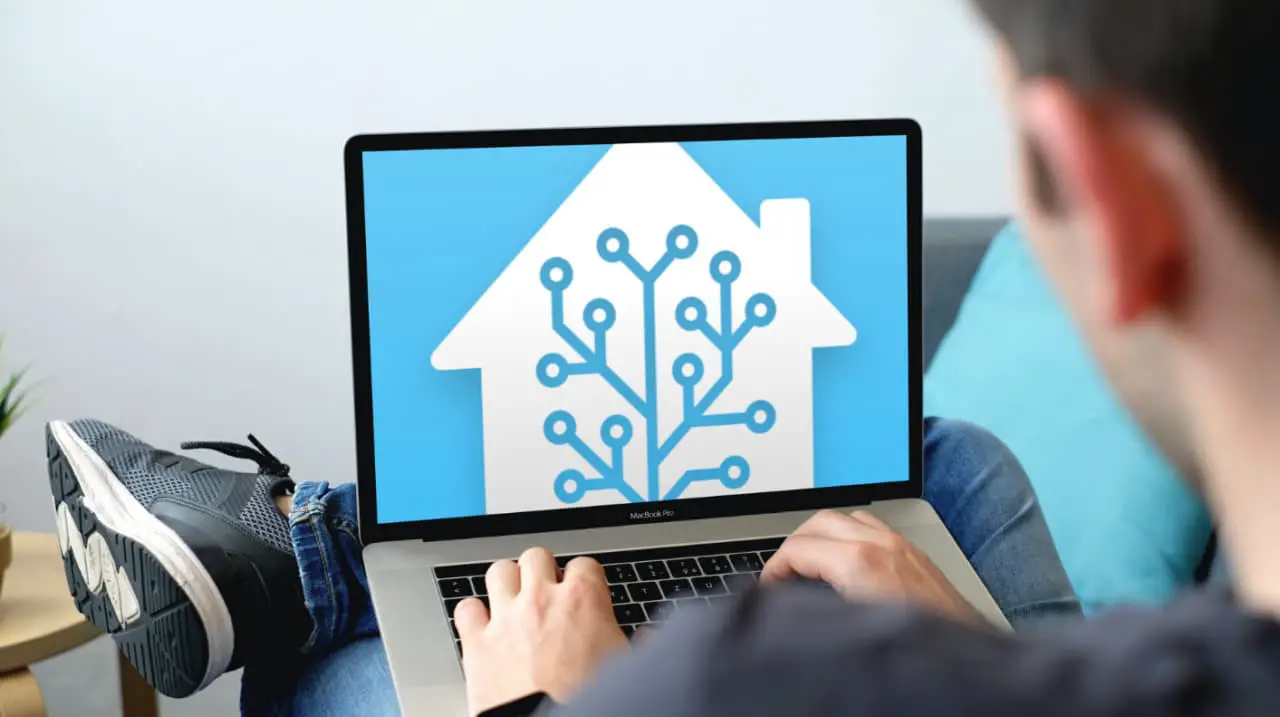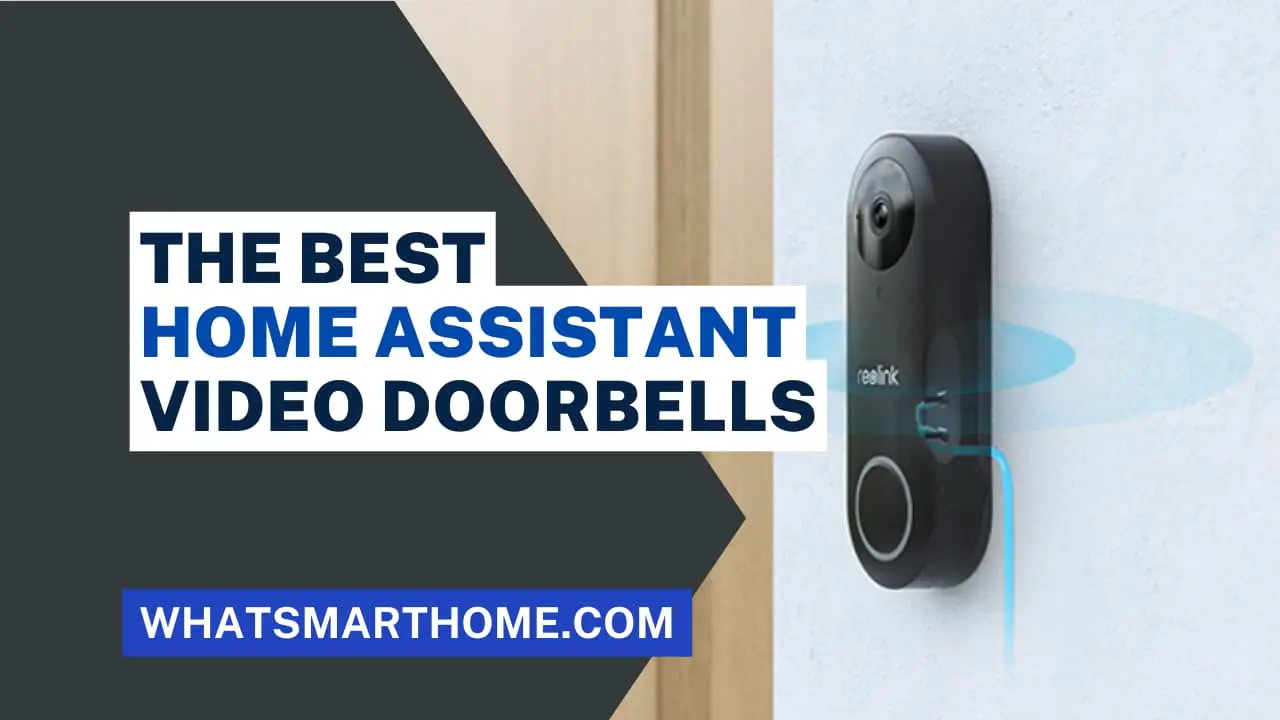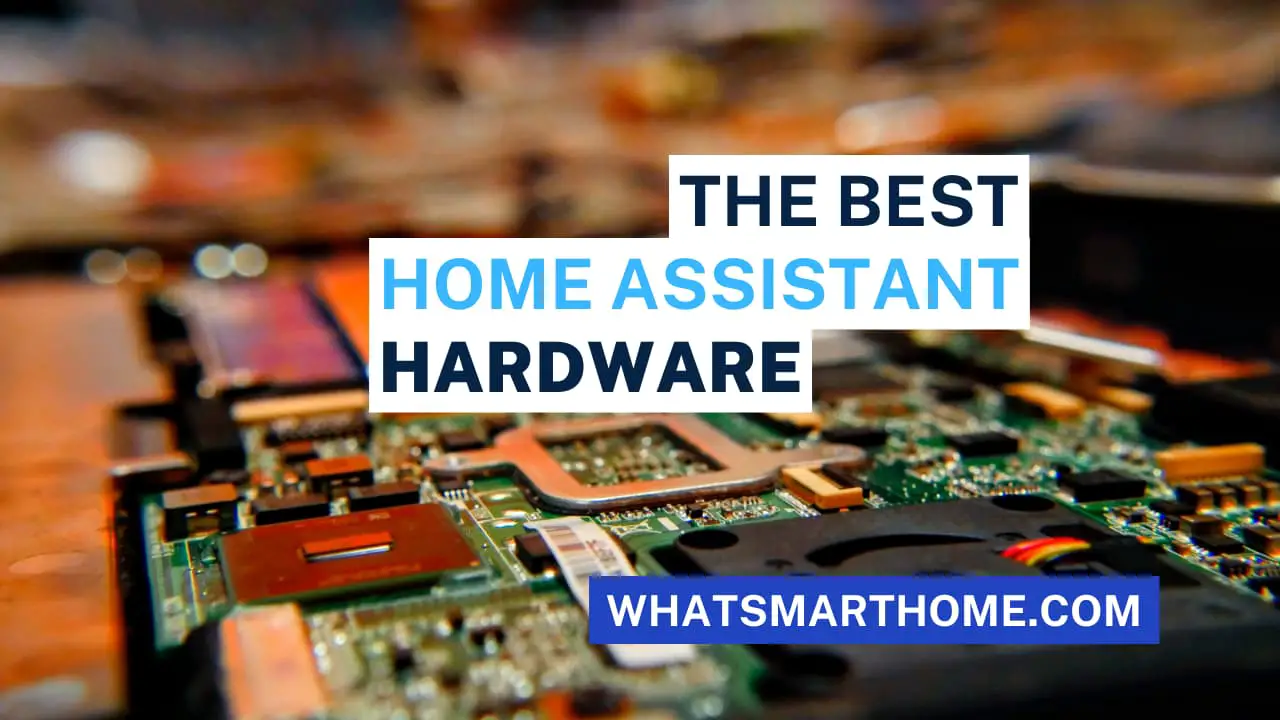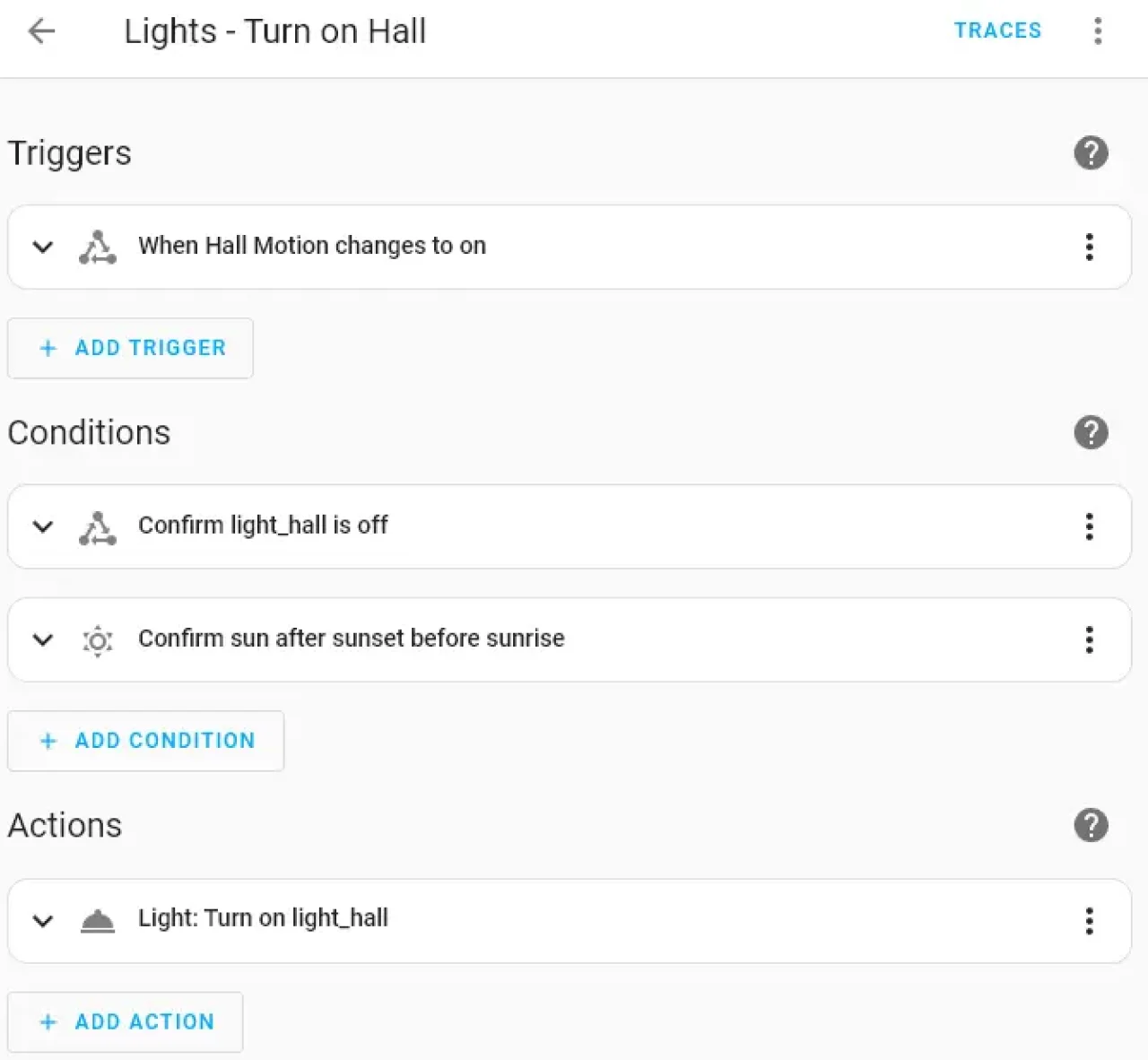
Home Assistant is a powerful, open-source platform that can help you automate and control your home. With its flexibility, a wide range of integrations, and a user-friendly interface, it is a great choice for anyone looking to add automation to their home.
In this blog post, we will dive into how home automation can benefit your home life, discover what Home Assistant is explore its benefits to determine if it is good for you.
The Benefits of Home Automation
Home automation refers to the use of technology to control and automate various aspects of your home, such as lighting, heating, security, and more. With the rise of smart devices and the internet of things (IoT), it has never been easier to automate your home and enjoy the many benefits it brings.
Some of the key benefits of home automation include increased convenience, energy efficiency, and security. For example, you can use smart devices to control your lighting and heating remotely, allowing you to save energy and money on your utility bills. You can also use home automation to monitor and secure your home, such as by setting up motion sensors and cameras.
In addition to these practical benefits, home automation can also enhance your overall quality of life. For example, you can use home automation to create a comfortable and inviting home environment, with features such as customizable lighting and temperature settings. You can also use home automation to entertain, such as by setting up a smart speaker or streaming device to play music or control your television.
Overall, home automation is an exciting and rapidly evolving field that can bring many benefits to your home. With the right tools and techniques, you can automate your home and enjoy a more convenient, efficient, and secure living space.
What Is Home Assistant?
Home Assistant is a free and open-source platform for home automation that allows users to control and automate various smart devices in their homes. It is built on Python and provides a user-friendly interface for automating and configuring home devices. The platform runs on a variety of systems, including on a Raspberry Pi, on a Windows, macOS, or Linux computer, in a virtual environment, or on the cloud.
Home Assistant works by connecting to and controlling different smart devices and services in the home. It can integrate with a wide range of devices and services, including those from popular brands such as Amazon Alexa, Google Home, and Philips Hue, as well as other home automation platforms such as IFTTT and Node-RED.
The platform provides a variety of features and capabilities, including:
Automation: Home Assistant allows users to create custom automations and scenarios using a simple, drag-and-drop interface. This includes things like setting lights to turn on at sunset or turning off the heat when you leave the house.
Control: Home Assistant provides a centralized control panel that allows users to control all of their connected devices from one place. This includes things like turning lights on and off, adjusting the thermostat, and more.
Monitoring: Home Assistant can be configured to monitor various aspects of the home, such as temperature, humidity, and motion. Users can set up alerts and notifications based on these readings, such as being notified when the temperature in the house drops below a certain level.
Integration: Home Assistant supports a wide range of integrations, including with other home automation platforms, smart devices, and web services. This allows users to connect and control a wide range of devices and services in their homes.
Security: Home Assistant can be configured to include security features such as motion detection, facial recognition, and surveillance cameras. These features can be used to monitor and secure the home.
Customization: The platform is open-source and allows users to customize and extend its functionality to suit their specific needs.
In summary, Home Assistant is a powerful, open-source platform that can help you automate and control your home. With its wide range of features and capabilities, it can help you create a convenient, efficient, and secure living space.
Pros: What is Home Assistant good at?
There are several benefits to using Home Assistant as your home automation platform, including:
Privacy and local control – I think this is without a doubt the number one reason that makes Home Assistant a great platform. It was a major factor in myself ending up choosing to use it for my home. Local control reduces my reliance on third-party cloud providers and gives me complete control.
Flexibility: Home Assistant can be installed on a variety of systems, including on a Raspberry Pi, on a Windows, macOS, or Linux computer, in a virtual environment, or on the cloud. This makes it accessible to a wide range of users, regardless of their technical expertise. Additionally, the platform is open-source, which means that users can customize and extend its functionality to suit their specific needs.
Integration: Home Assistant supports a wide range of integrations, including with other home automation platforms, smart devices, and web services. This allows users to connect and control a wide range of devices and services in their homes, including those from popular brands such as Amazon Alexa, Google Home, and Philips Hue.
User-friendly interface: Home Assistant provides a user-friendly interface for automating and configuring home devices. It has a simple, intuitive interface that allows users to easily set up and control their devices. Additionally, the platform offers an easy-to-use drag-and-drop automation feature that allows users to create custom automations and scenarios.
Remote Control: Home Assistant allows users to control all of their connected devices from one place, even if they are away from home. This feature is especially useful when you’re away on vacation and you want to monitor your home security or when you just forgot to turn off the lights before leaving the house.
Customizable: The platform is open-source, which means that users can customize and extend its functionality to suit their specific needs. It offers a wide range of features and capabilities, such as automation, control, monitoring, security, and integration. Users can also add custom components and integrations, like custom sensors, or even connect to a DIY project.
Cost-effective: Being open-source, Home Assistant is free to download, use and customize. This is a great advantage over other commercial home automation platforms that require a subscription or a monthly fee. Home Assistant is a modular DIY solution, you bring your own hardware and install it yourself. It can be installed on high-end server hardware, on small desktop PCs, inside a Docker container, or most commonly on low-powered compute devices such as a Raspberry Pi. If you need support for a specific protocol such as Zigbee, you simply buy a Zigbee dongle, plug it in and configure the integration.
Cons: What Home Assistant is not good at?
Complexity: Home Assistant can be quite complex to set up and configure, especially for users who are not familiar with programming or software development. Users may need to spend a significant amount of time and effort learning how to use the platform and troubleshooting issues.
Technical Knowledge: In order to fully utilize the features and capabilities of Home Assistant, users may need to have a certain level of technical knowledge, including an understanding of coding, networking, and server management.
Cost: While Home Assistant itself is a free and open-source platform, users may still need to purchase additional hardware or software in order to fully integrate their smart home devices and create an effective automation system.
Time-consuming: Building a comprehensive automation system with Home Assistant can be a time-consuming process, requiring users to spend significant amounts of time configuring and testing various integrations and automation. Updates to Home Assistant often include breaking changes that require users to reconfigure certain parts of their system.
Pros | Cons |
|---|---|
Customization | Complexity |
Open-Source | Technical Knowledge |
Privacy | Cost |
Accessibility | Time-consuming |
Pros and Cons of Home Assistant
Does the popularity of Home Assistant matter?
The popularity of a product can be a useful indicator of how good something is. In this blog, we have already covered in detail how popular Home Assistant is and concluded that it is the most popular open-source home automation platform currently available.
Using a product with a small user base can limit your options for help if you find yourself stuck when something goes wrong. Because Home Assistant is open-source, most of its development is being worked on by independent developers which are real Home Assistant users therefore the development of Home Assistant is fast (has one major release per month) and also features that users actually want and need to end up being added.
Users also have the ability to utilize add-ons within Home Assistant to extend functionality that is not available within the core product. There are a huge number of these add-ons that are created by users, with a low number of users most of these add-ons would not have the support to be created or maintained.
What makes Home Assistant good for home automation?
Home Assistant can be used to automate a wide range of aspects of your home, including lighting, heating, security, and more.
Here are a few examples of how you can use Home Assistant to automate different aspects of your home:
Lighting: You can use Home Assistant to automate your lighting by setting rules that turn lights on and off at specific times, such as at sunset or when motion is detected. You can also use Home Assistant to control the brightness and color of your lights, or even create different lighting scenes for different times of the day.
Heating: You can use Home Assistant to automate your heating by setting rules that turn the heat on and off at specific times, such as when you leave or come home. You can also use Home Assistant to monitor the temperature in your home and adjust the heat accordingly.
Security: You can use Home Assistant to automate your security by setting rules that arm and disarm your security system at specific times, such as when you leave or come home. You can also use Home Assistant to monitor your security cameras and receive alerts when motion is detected.
Entertainment: You can use Home Assistant to automate your entertainment by setting rules that turn on your TV and change channels at specific times, such as when you wake up in the morning. You can also use Home Assistant to control your music and playlists, or even turn on your smart speakers.
Energy Management: You can use Home Assistant to monitor and control your energy consumption, by integrating with smart plugs and smart meters. You can track your energy usage and set rules to turn off devices that consume a lot of energy when not in use.
Home monitoring: You can use Home Assistant to monitor the humidity, temperature, and other aspects of your home, and receive alerts when something is not normal. For example, if the temperature goes too low or the humidity is too high, you will receive a notification.
These are just a few examples of how you can use Home Assistant to automate various aspects of your home. The platform offers a wide range of features and capabilities, and the possibilities are endless when it comes to automating and controlling your home with Home Assistant.
How to Get Started with Home Assistant
Here is a summary guide for setting up and configuring Home Assistant in your home:
Install Home Assistant: The first step is to install Home Assistant on your system. You can find the installation instructions for your specific system on the Home Assistant website .
Add Devices: Once Home Assistant is installed, you can start adding devices to it. You can add devices by going to the “Configuration” menu and then selecting “Integrations.” From there, you can search for and add different devices and services, such as smart lights, thermostats, cameras, and more.
Create Automations: Once you have added your devices, you can start creating automations. You can do this by going to the “Configuration” menu and then selecting “Automations.” From there, you can create automations using a simple, drag-and-drop interface.
Configure Notifications: You can configure notifications in Home Assistant to get alerted when something happens, such as when motion is detected or when the temperature in your home drops below a certain level. You can do this by going to the “Configuration” menu and then selecting “Notifications.”
Customize the Interface: Home Assistant has a built-in web-based frontend called “Lovelace” which allows users to customize the interface and create custom views. You can access it by going to the “Configuration” menu and then selecting “Lovelace” or by visiting the IP address of your Home Assistant instance and adding /lovelace at the end of the URL.
Explore Community Add-ons: Home Assistant has a vast community of users that develop custom components, integrations, and scripts that can be used to enhance the functionality of the platform. You can explore them by visiting the Home Assistant community add-ons page.
Update and Backup: It is important to regularly update your Home Assistant installation and back up your configuration. You can do this by going to the “Settings” menu and then selecting “System” and then choosing the “Updates” or “Backup” options.
Please note that the specific steps may vary depending on the system you have chosen to run Home Assistant on, and the devices you have connected. Additionally, make sure to check the Home Assistant documentation as it is frequently updated and can provide more detailed instructions.
Tips and advice for getting the most out of Home Assistant
Here are some tips and advice for getting the most out of Home Assistant:
Integrate with other devices and services: Home Assistant supports a wide range of integrations, including with other home automation platforms, smart devices, and web services. Take advantage of this by integrating as many devices and services as possible. This will allow you to control and automate a wide range of aspects of your home.
Create custom automations: Home Assistant provides a simple, drag-and-drop interface for creating custom automations and scenarios. Take advantage of this by creating custom automations that suit your specific needs. For example, you can create an automation that turns off the lights and locks the doors when you leave the house.
Make use of the built-in automations: Home Assistant has a lot of built-in automations that can be enabled with just a few clicks. Take a look at them and enable the ones that suit your needs.
Explore the community add-ons: Home Assistant has a vast community of users that develop custom components, integrations, and scripts that can be used to enhance the functionality of the platform. Take a look at the community add-ons and see if there are any that can help you with your specific needs.
Take advantage of the monitoring features: Home Assistant can be configured to monitor various aspects of the home, such as temperature, humidity, and motion. Take advantage of this by setting up monitoring and alerts for different aspects of your home.
Customize the interface: Home Assistant has a built-in web-based frontend called “Lovelace” which allows users to customize the interface and create custom views. Take advantage of this by customizing the interface to suit your specific needs.
Keep it updated: Home Assistant is an open-source project, and new features and bug fixes are being added regularly. Make sure to keep your installation up-to-date to take advantage of the latest features and improvements.
Backup your configuration: It’s important to regularly backup your Home Assistant configuration to prevent data loss. This will allow you to easily restore your configuration if something goes wrong.
By following these tips, you can get the most out of Home Assistant and enjoy a convenient, efficient, and secure home automation experience. Remember, the platform offers a wide range of features and capabilities, and the possibilities are endless when it comes to automating and controlling your home with Home Assistant.
Additional Resources
There are many resources available for those who want to learn more about home automation and Home Assistant. Here are a few to get you started:
Home Assistant website : The official website of Home Assistant offers a wealth of information, including installation instructions, documentation, and tutorials. It’s a great place to start if you’re new to the platform.
Home Assistant forums : The Home Assistant forums are a great place to connect with other users and learn more about the platform. You can ask questions, share your experiences, and find solutions to common problems.
Home Assistant blog : The Home Assistant blog is a great resource for keeping up with the latest news and developments from the Home Assistant community.
Home Assistant YouTube channel : The Home Assistant YouTube channel offers a wide range of tutorials and videos that cover everything from installation to advanced automations.
Home Assistant Community Add-ons : Home Assistant has a vast community of users that develop custom components, integrations, and scripts that can be used to enhance the functionality of the platform. You can explore them by visiting the Home Assistant community add-ons page.
Home Automation Subreddit : The Home Automation subreddit is a great place to connect with other enthusiasts and learn more about different home automation platforms and technologies.
Podcasts and Blogs: There are many podcasts and blogs out there such as What Smart Home that cover home automation, including those that focus specifically on Home Assistant.
By exploring these resources, you will gain a deeper understanding of home automation and learn more about the capabilities and features of Home Assistant. Remember, the possibilities are endless when it comes to automating and controlling your home with Home Assistant, and with the right knowledge, you can make the most of it.
Conclusion
In summary, Home Assistant is a powerful, open-source platform that can help you automate and control your home. It provides a user-friendly interface for automating and configuring home devices, and it can integrate with a wide range of devices and services, including those from popular brands such as Amazon Alexa, Google Home, and Philips Hue.
The platform offers a wide range of features and capabilities, including automation, control, monitoring, security, and integration. It also offers flexibility, it can be installed on a variety of systems. Additionally, it is open-source, which means that users can customize and extend its functionality to suit their specific needs.
Home Assistant can automate a wide range of aspects of your home, including lighting, heating, security, and more. The platform offers a simple, drag-and-drop interface for creating custom automations and scenarios, as well as built-in automations that can be enabled with just a few clicks.








